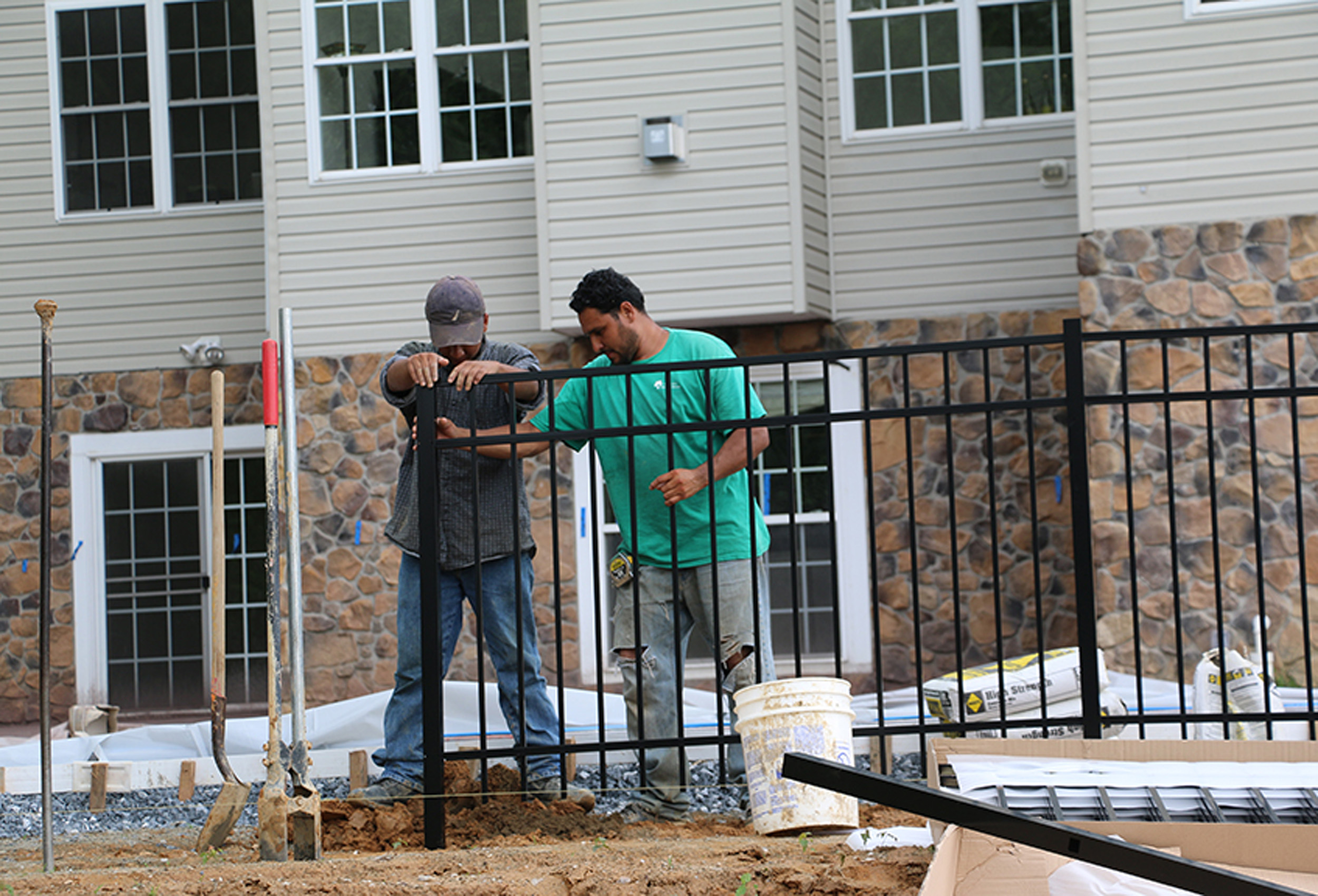A fence is more than just a boundary; it’s an essential feature that provides security, privacy, and often enhances the aesthetic of your property. However, the quality of a fence installation can significantly impact its functionality and durability. Recognising signs of quality in a fence installation is critical to ensuring it will stand the test of time. Here’s how you can identify a good fence installation and what to watch out for to avoid costly mistakes.
Signs of a High-Quality Fence Installation
One of the easiest ways to judge the quality of a fence installation is to inspect its alignment. A correctly installed fence will have perfectly straight lines when viewed from any angle. Whether you’re looking at the posts, pickets, or panels, they should all align neatly and create a visually pleasing structure. Even slight unevenness can detract from the overall appearance.
The stability of the posts is another critical indicator of quality. Posts serve as the foundation of any fence, and their proper placement is crucial. A well-executed installation will have posts securely anchored in solid concrete and set at the proper depth. This ensures stability, even in challenging weather conditions. Loose or wobbly posts are a clear sign of subpar work.
Consistency in spacing is equally important. The gaps between pickets or panels should be uniform throughout the fence to maintain its structural integrity and appearance. Uneven spacing is not only unattractive but can also compromise the fence’s strength and functionality, especially if consistent gaps are required for privacy or security.
Common Mistakes in Fence Installations
Mistakes in fence installations are often the result of poor preparation or hurried workmanship. One common issue that leads to instability is uneven post depths. If posts are not set at the correct depth, they are more likely to shift or lean over time, particularly in areas subject to strong winds.
Another frequent mistake is improper spacing between pickets or panels. Variations in spacing can create weak points, making the fence less secure and visually unappealing. Incorrect spacing may also result in areas of vulnerability where privacy is compromised.
Insufficient concrete around posts is another error that can severely impact the longevity of a fence. Concrete is essential for holding posts firmly in place, and using inadequate amounts can lead to movement over time. This is especially problematic in areas with soft or shifting soil, where proper stabilisation is critical.
Rushed installations often result in sections of the fence being misaligned or uneven. Misaligned panels or posts can disrupt the entire structure, causing functional and aesthetic issues that reduce the fence’s efficiency and lifespan.
Additionally, using the wrong fasteners can lead to premature wear and tear. Low-quality fasteners may rust or corrode quickly, weakening the overall structure and potentially leading to failure in a few years. Fasteners appropriate for the type of material being used, whether wood, metal, or composite, are vital for a long-lasting installation.
Final Thoughts
A quality fence installation stands out through its precision and stability, with straight alignments, secure posts, and consistent spacing as essential hallmarks. Equally, being aware of the common pitfalls in fence installations can save you from substandard results that compromise the fence’s performance. Whether you’re evaluating an existing installation or planning a new one, taking the time to assess these elements can make all the difference.
For peace of mind, work with professionals who understand what goes into creating a reliable and durable fence. A well-installed fence doesn’t just define your property but also provides long-term value and functionality in the years to come.

